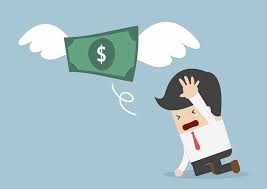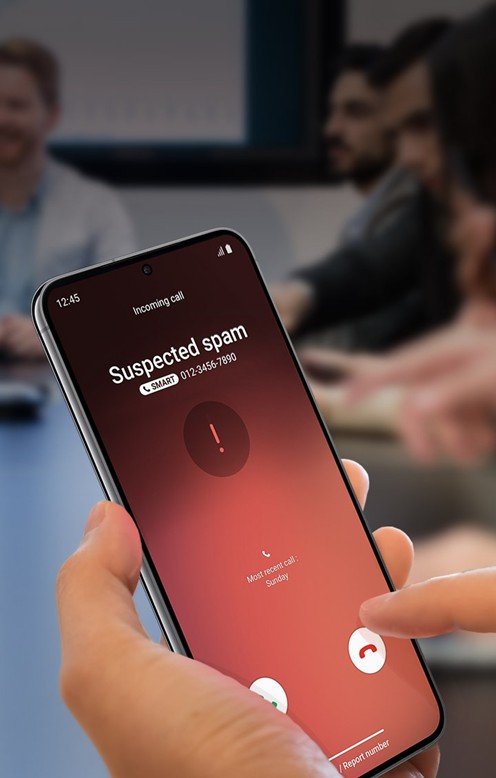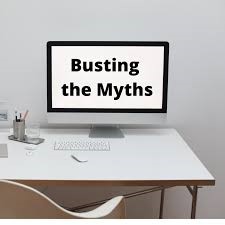🚀 Want to close more sales deals? Stop winging it and start doing this:
1️ Listen > Pitch – Prospects don’t want a script. They want solutions.
2️ Qualify hard – Right prospect = easy close. Wrong one = endless follow-ups.
3️ Follow up like a pro – 80% of deals close after the 5th touch. Don’t ghost.
4️ Handle objections early – If you wait till the end, it’s too late.
5️ Ask for the close – Seriously. Don’t dance around it. Be direct, be confident.
Sales isn’t about pressure. It’s about precision. 🎯
Sharpen your team’s skills and watch your win rate climb.
🔥 Your sales team isn’t closing deals after you have implemented the above? Don’t blame them — train them.
If they’re struggling, it’s not a flaw. It’s a signal.
A signal that they need tools, coaching, and support — not finger-pointing.
👎 Blame creates pressure.
👍 Training creates performance.
Invest in your people, and the pipeline will follow.
Because a well-trained rep is a high-closing rep.
Building a sales team that consistently crushes quotas and closes deals with ease doesn’t happen by accident. As a sales leader or manager, it’s your job to ensure that your team is not only equipped with the right tools but also motivated, well-coached, and supported. But where do you start?
We’re going to dive into 10 proven secrets that we at KONA know will help you build a sales team that operates like a well-oiled machine—closing deals faster and improving productivity. Ready to get started?

1. Recruit the Right People, Not Just the Right Skills
It might sound obvious, but one of the most overlooked secrets to building a top-notch sales team is hiring the right people. While skills and experience are important, attitude and adaptability often make a bigger impact. Look for candidates who are motivated, eager to learn, and aligned with your company’s values.
A great team member won’t just fit into your business—they’ll elevate it.
2. Set Clear Expectations
At KONA, when we see high-performing teams, they know exactly what’s expected of them and how their success will be measured. Be crystal clear about sales goals, KPIs, and what success looks like. Whether it’s revenue targets, lead conversion rates, or customer satisfaction scores, having clear metrics ensures that everyone is working toward the same objectives.
3. Provide Ongoing Training and Development
Sales is not a “set it and forget it” profession. Equip your team with the tools, techniques, and training they need to succeed. From product knowledge to negotiation tactics, continuous learning keeps your team sharp and prepared for anything that comes their way. Engaging with KONA for workshops, one-on-one coaching and access to online learning materials will help your team keep their skills up to date.
4. Encourage Collaboration, Not Competition
While healthy competition can drive motivation, building a collaborative environment is often the key to long-term success. Encourage knowledge sharing, teamwork, and mentorship. When salespeople support each other, it creates a positive work atmosphere and helps everyone perform at their best.

5. Use Technology to it’s full Potential
Sales technology—like CRM systems, automation tools, and analytics platforms—are game changers. By restructuring and simplifying processes, you free up your team to focus on what matters most: building relationships and closing deals. Choose the right tools that integrate with your sales process and make your team’s job easier.
6. Lead by Example
The best sales managers don’t dictate—they lead. Your behaviour as a leader sets the tone for the entire team. If you want your team to be motivated, adaptable, and persistent, you need to model those qualities yourself. Lead with integrity, transparency, and a strong work ethic, and your team will follow suit.
7. Recognise and Reward Achievements
Recognition goes a long way in keeping your sales team motivated. Celebrate milestones, whether they’re closing a huge deal, hitting a sales target, or simply going above and beyond. Whether it’s a public shout-out during a meeting or a special incentive, rewarding your team keeps morale high and performance consistent.
8. Provide Constructive Feedback (and Do It Often)
Great salespeople crave feedback—it’s how they improve. Whether it’s a quick check-in after a sales call or a formal performance review, feedback should be specific, actionable, and frequent. Be sure to provide both praise for what they’re doing right and advice on how they can improve.
9. Keep Your Sales Process Simple and Scalable
A complex sales process is a sales team’s worst nightmare. Simplify your sales strategy and remove unnecessary steps that slow down the process. Focus on what works and make sure your team can easily follow the sales steps without confusion. This not only saves time but ensures consistency across your team.
10. Build a Resilient Mindset
Sales can be tough—rejection is inevitable. A great sales team knows how to bounce back from setbacks and keep pushing forward. Instill a resilient mindset by encouraging your team to learn from their losses, stay motivated, and keep striving for success. Developing resilience will undoubtably help your team stay focused on the bigger picture.

Ready to Build Your Dream Sales Team?
If you’re ready to take your sales team to the next level and implement these sales secrets, KONA is here to help. Whether you need assistance with sales training, team development or leadership coaching, we’ve got you covered.
Contact KONA today and let’s discuss how we can help you build a sales team that exceeds expectations. We’ll work with you every step of the way to ensure your team’s success.
By applying these 10 secrets, you’ll be on your way to creating a high-performing sales team that consistently closes deals and drives business growth. Ready to put these strategies into action? Let us help!
Call 1300 611 288 or email info@kona.com.au to get started.










































































































